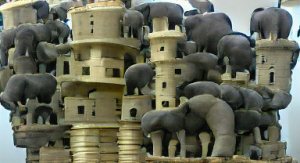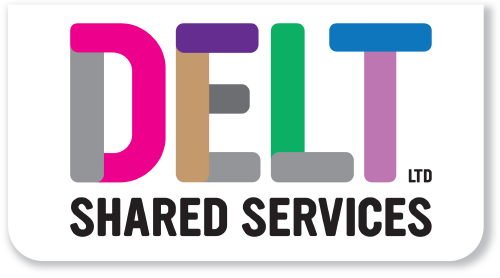
How sustainable is AI?
I wrote, a little while ago, about the magic of AI text to image generators. In the few weeks that have passed since then, there are a whole raft of new artistic AIs that are getting better and faster than I can write about them. What were machine created still images a few weeks ago is already video. I know video is just a series of still images but nonetheless, the ability to create completely original video, from just a text prompt, seems like a generational leap forward.
It was somewhat tongue in cheek that I observed what was the first useful application of AI I had seen in reality. I am sure that AI has amazing potential to positively change the world but at this point, it seems too far away for me and for our customers. I had a brief AI chat last night with a customer service bot, which seemed to be the only way I could get an answer out of a vendor. After 10 minutes of painful discourse the AI decided I needed to speak to a person. Value added – zero. Frustration created – 100.
One of my key concerns at the moment is sustainability, of everything. People, supply chain, customers, the company, the economy, even democracy itself. ‘Everything’ must also encompass AI. I wonder how sustainable that is? I feel a bit late to the sustainability party as, although Delt has always been very much about wider social benefit we are only just starting to codify that with the adoption of the triple bottom line (Profit, People, Planet). I’ll write more about that journey in another blog, but for now, lets just take it as a given that sustainability matters.
So, just how sustainable is AI? The answer is, at the moment, not very. The problem with AI is that just like a human baby, it starts life being pretty helpless. Both humans and AIs need a lot of training to become useful and productive. All that feeding and education is expensive. You consume lots of finite resources. It doesn’t matter whether you are a very small person or an AI, you require a ton of investment after birth to do anything useful.
My children both started working at around age 16. I’m not sure they are yet sustainable, but they are at least making a positive contribution to society and reducing (oh so slowly) the call on the bank of Mum and Dad. In a 2017 study, the carbon cost of a child was calculated at 58.6 tonnes annually. So, 16 years of that gives us a total carbon footprint of 937 tonnes per child. That’s a lot of elephants!
In 2019, researchers at the University of Massachusetts Amherst analysed various natural language processing (NLP) training models to estimate the energy cost [in kilowatts] required to train them. From that, the authors estimated that the carbon footprint of training a single big language model is equal to around 300 tonnes of carbon dioxide emissions. That’s a lot less elephants, but not zero elephants.
Still, in elephant terms, AI seems to be doing pretty well. Or rather, it was doing well in 2019. Remember what I said about the pace of development earlier? In the deep learning era, the computational resources needed to produce a best-in-class AI model has on average doubled every 3.4 months. That makes a very big pile of elephants, very quickly.
On the flip side, Moore’s law sees computers getting more powerful all the time (and more efficient) but that rate of growth is doubling only every 24 months. This means the power we need to consume vs the extra power we get for free is way out of whack. The exact maths of the two different exponential growth curves is beyond me, but AI comes at a significant cost.
For a much smaller carbon investment than that required to process ‘natural language’ I can grow something that not only communicates in natural language but can also make me a cup of tea, ride a bike, solve a Rubik’s cube in under a minute and on alternate Sundays, after a lot of moaning, empty the dishwasher.
I’m starting to think about the impact on the planet my AI and computing choices has, but given somebody has already consumed the large amount of carbon to train the model, here’s a slightly disturbing picture of a tower of elephants, drawn for me by AI.

Giles Letheren, Chief Executive Officer



